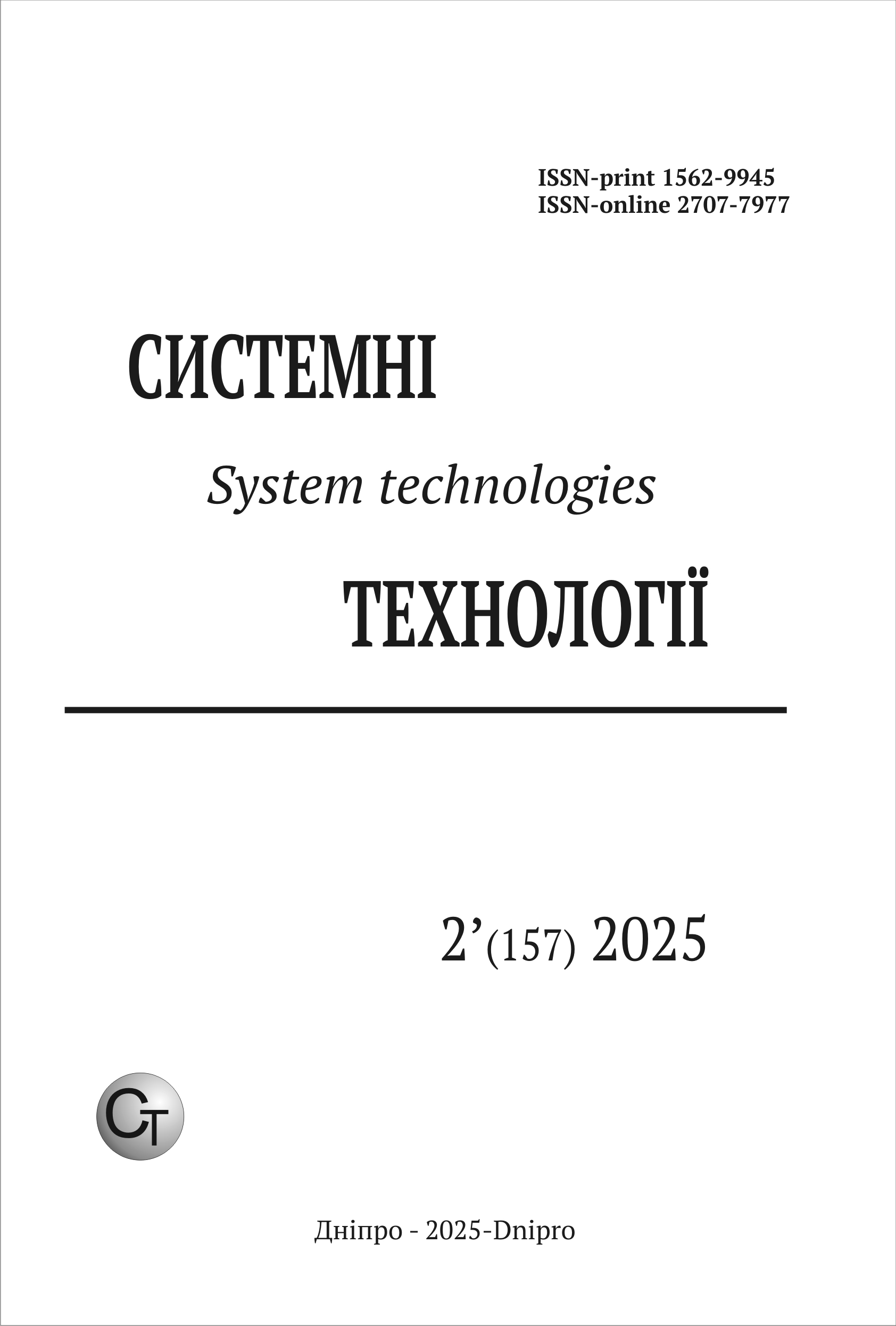Automated systems for control of geometric parameters of parts based on coordinate measurement technologies
DOI:
https://doi.org/10.34185/1562-9945-2-157-2025-12Keywords:
coordinate measuring machines, automated control, geometric parameters, metrological assurance, digital manufacturing, Industry 4.0, multi-sensor systems, measurement uncertainty, metrology.Abstract
The article examines modern trends in the development and implementation of automated systems for controlling the geometric parameters of parts based on coordinate measuring technologies. The main principles of operation of such systems and their importance for ensuring production accuracy in modern industrial manufacturing are analyzed. Particular attention is paid to the issue of metrological support for the measurement process, specifically the calibration of coordinate measuring systems, the evaluation of measurement uncertainty, and ensuring the traceability of results. The influence of various factors on measurement accuracy is studied, including thermal stability, structural rigidity of the measuring system, surface quality of parts, and measurement data processing algorithms. In the context of Industry 4.0, the integration of coordinate measuring technologies with computer-aided design (CAD) and computer-aided manufacturing (CAM) systems is considered, enabling the implementation of the digital twin concept and ensuring a closed-loop quality management cycle from design to finished product. Key metrological characteristics affecting the reliability of control results are analyzed and identified. Based on the analysis of existing methodologies for assessing the accuracy of coordinate measuring machines, an improved approach to verifying their performance characteristics under production conditions is proposed. Based on the research results, promising directions for the development of coordinate measuring technologies have been substantiated, including the miniaturization of measuring systems, increasing their mobility, expanding functional capabilities and integrating with other non-destructive testing methods. Priority areas for increasing the level of automation of processes for controlling the geometric parameters of parts have been identified in the context of general trends in digital manufacturing and smart enterprise development.
References
Balsamo, A., & De Chiffre, L. (2020). Recent Advances in Coordinate Metrology. CIRP Annals, 69(2), 766–787.
Hocken, R.J., & Pereira, P.H. (2016). Coordinate Measuring Machines and Systems. CRC Press, 592 p.
ISO 15530-3:2011. Geometrical product specifications (GPS) — Coordinate measuring machines (CMM): Technique for determining the uncertainty of measurement — Part 3: Use of calibrated workpieces or measurement standards. Geneva: ISO, 2011.
Jiang, X., Scott, P.J., & Whitehouse, D.J. (2017). Paradigm shifts in surface metrology. Part II. The current shift. Proceedings of the Royal Society A, 473(2199), 20160495.
Muratov, M., Weckenmann, A., et al. (2022). Machine Learning in Coordinate Metrology: State of the Art and Perspectives. Journal of Manufacturing Processes, 73, 695–713.
Weckenmann, A., Estler, T., Peggs, G., & McMurtry, D. (2009). Probing systems in dimensional metrology. CIRP Annals, 58(2), 706–733.
Savio, E., De Chiffre, L., Carmignato, S. (2019). Metrology of freeform shaped parts by contact and optical coordinate measuring machines. CIRP Annals, 68(2), 745–768.
Savio, E., De Chiffre, L., Carmignato, S., & Schwenke, H. (2020). Trends in freeform coordinate metrology. CIRP Annals, 69(2), 677–698.
Schwenke, H., Neuschaefer-Rube, U., Pfeifer, T., Kunzmann, H. (2002). Optical Methods for Dimensional Metrology in Production Engineering. CIRP Annals, 51(2), 685–699.
Downloads
Published
Issue
Section
License
Copyright (c) 2025 System technologies

This work is licensed under a Creative Commons Attribution 4.0 International License.















